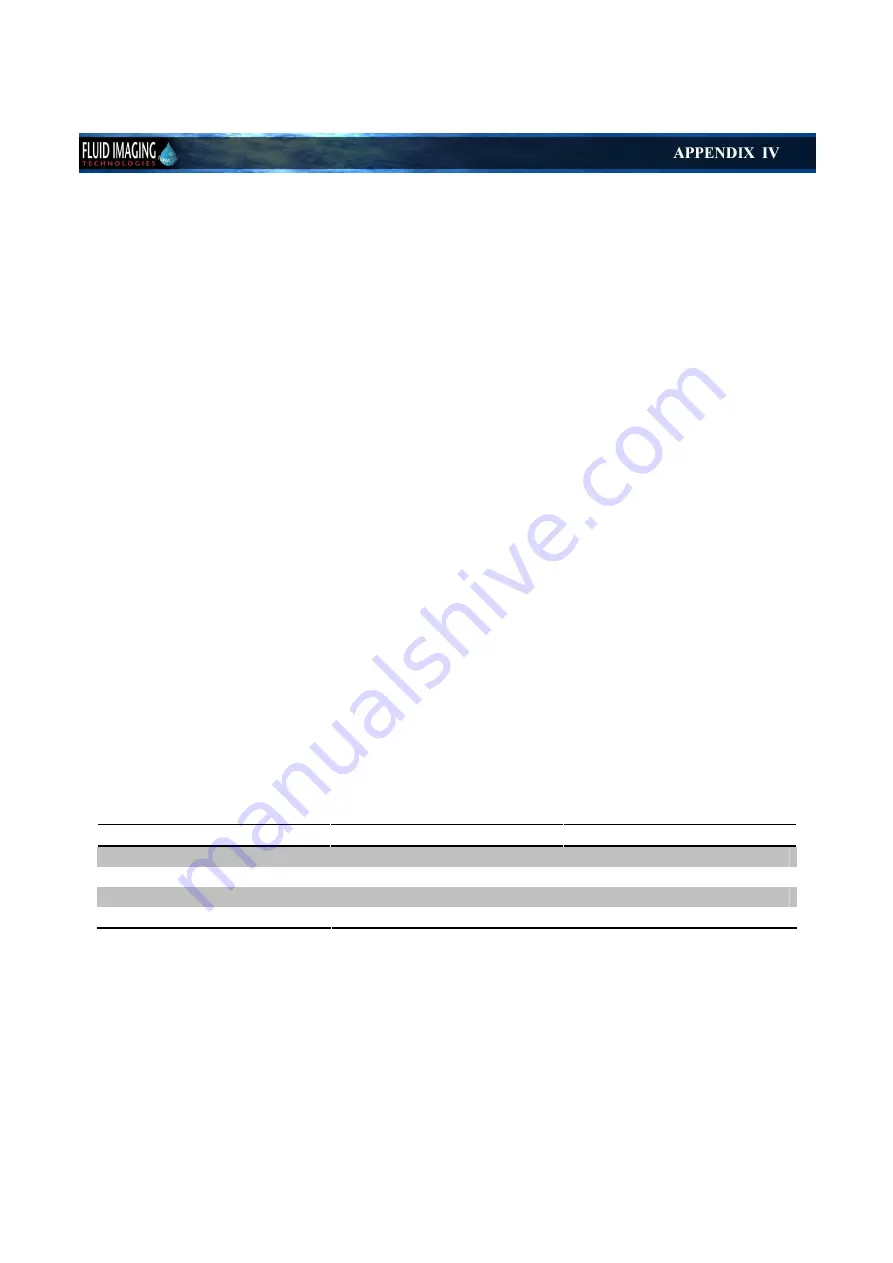
- 122 -
FlowCAM
®
Trigger Mode Guide
What is Trigger Mode?
Trigger Mode is an operational mode on the FlowCAM in which the scattering of laser light and
/or
two
photo multiplier tubes (PMT) are used together to detect fluorescent particles or particles that meet or
exceed a user-determined threshold value, and thereby triggering image acquisition.
How Does Trigger Mode Work?
When a particle passes through the laser and generates a signal that meets or exceeds the threshold, the
camera is triggered to take an image. Each particle currently in the objective’s field of view will be
captured in this image. Trigger Mode has the potential to trigger on all particles that meet or exceed the
threshold level regardless of your context settings for image capture. Once this raw image is captured,
VisualSpreadsheet
will then apply the context settings you have previously entered to this image and
process the raw image.
When Should I use Trigger Mode?
You should use Trigger Mode if your sample contains fluorescent particles or organisms and you only
want to see the fluorescent particles or organisms. Additionally, you would use Trigger Mode if you
have a very dilute sample and you wish to ensure that you take a picture of each particle, rather than risk
missing particles or capturing only a partial images in Auto Image Mode.
What is the Proper Sample Preparation for Trigger Mode?
For a sample to be properly run through the FlowCAM in Trigger Mode, the sample should be screened
through the appropriate sized mesh (available from Fluid Imaging Technologies) for the flow cell you
will be using.
Objective
Flow Cell (µm)
Screen Pore Size (µm)
20x
50
53
10x
100
100
4x
300
300
2x
600+
unfiltered
After filtering the sample you should then dilute the sample to a concentration where you are only
capturing one particle per used image. In newer versions of VisualSpreadsheet you can open a
“particles per used image” value display in the capture window. (While in the capture window, select
“show” and then choose “configure display” and check the “show particles per used image” box). The
particles per used image value should ideally be between 1.00 and 1.10. If your particles per used image
value is larger than 1.10 you should continue to dilute your sample. In older versions of
VisualSpreadsheet you may not have the “show particles per used image” value display. Therefore you






























